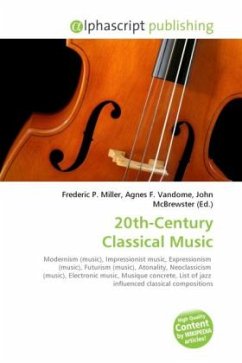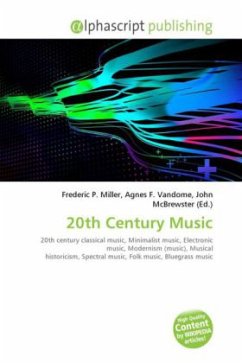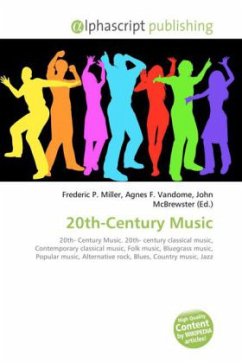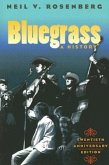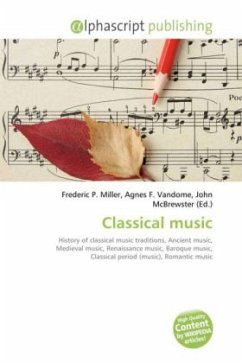High Quality Content by WIKIPEDIA articles! 20th century classical music was extremely varied and thus there was no dominant style. However, a salient feature during this classical music time period was the increased use of dissonance. Because of this, the 20th century is sometimes called the "Dissonant Period" of classical music, because much of its music was a reaction to or against the common practice period, which emphasized consonance (Schwartz and Godfrey 1993, 9 43). The International Paris Exposition celebrating the centennial of the French Revolution in 1889 is referred to by one writer as the watershed transitional moment from consonance to dissonance (Fauser 2005). At the turn of the century, music was characteristically late Romantic in style, while at the same time the Impressionist movement, spearheaded by Claude Debussy, was being developed in France. America also began developing its own vernacular style of classical music, notably in the works of Charles Ives, John Alden Carpenter, and (later) George Gershwin, while in Vienna, Arnold Schoenberg conceived atonality and later developed the twelve-tone technique.

